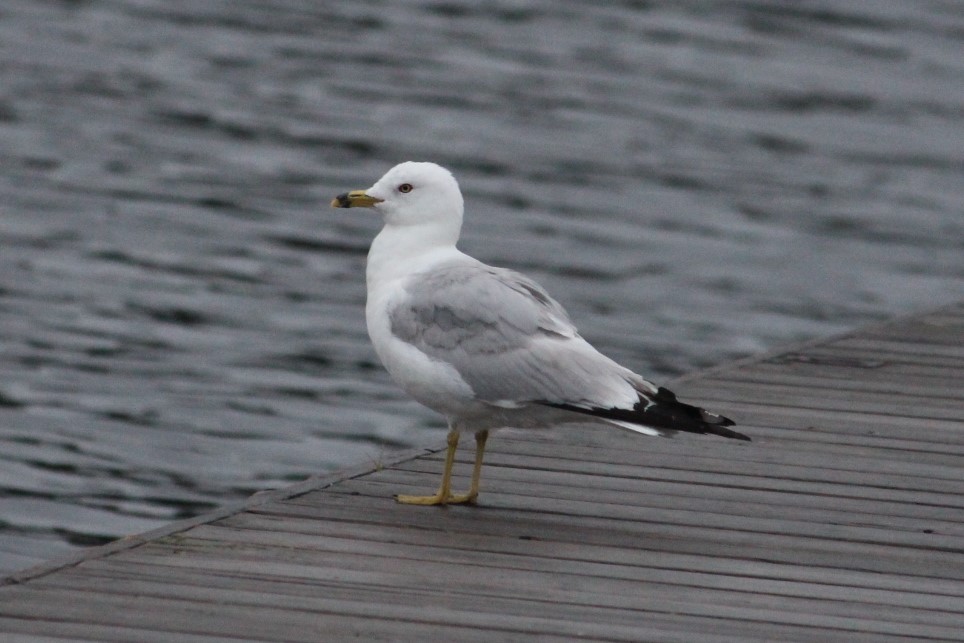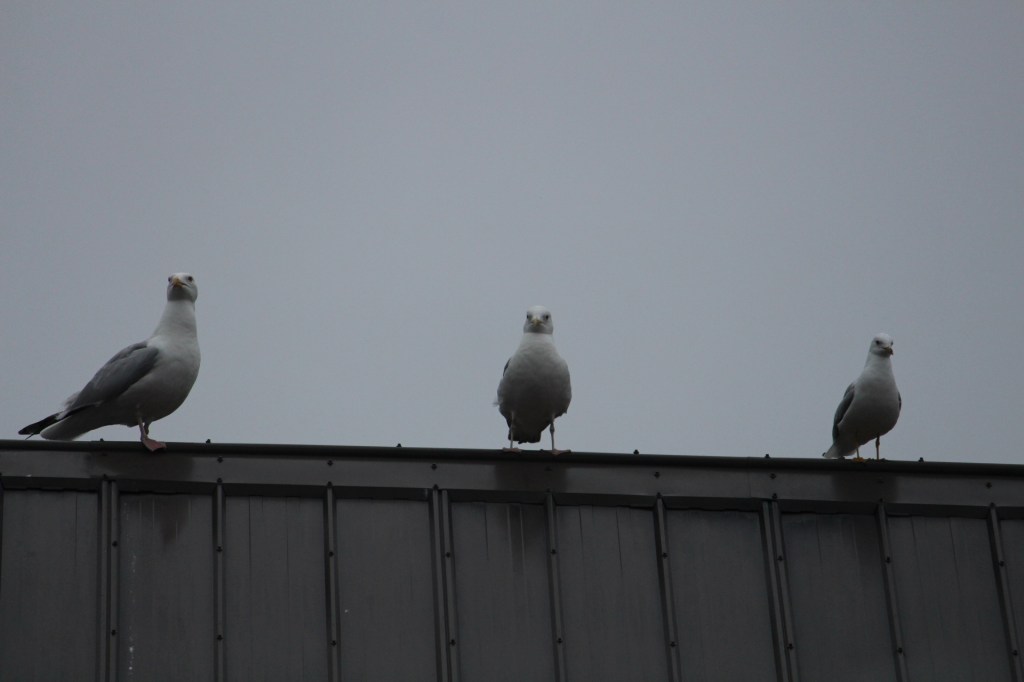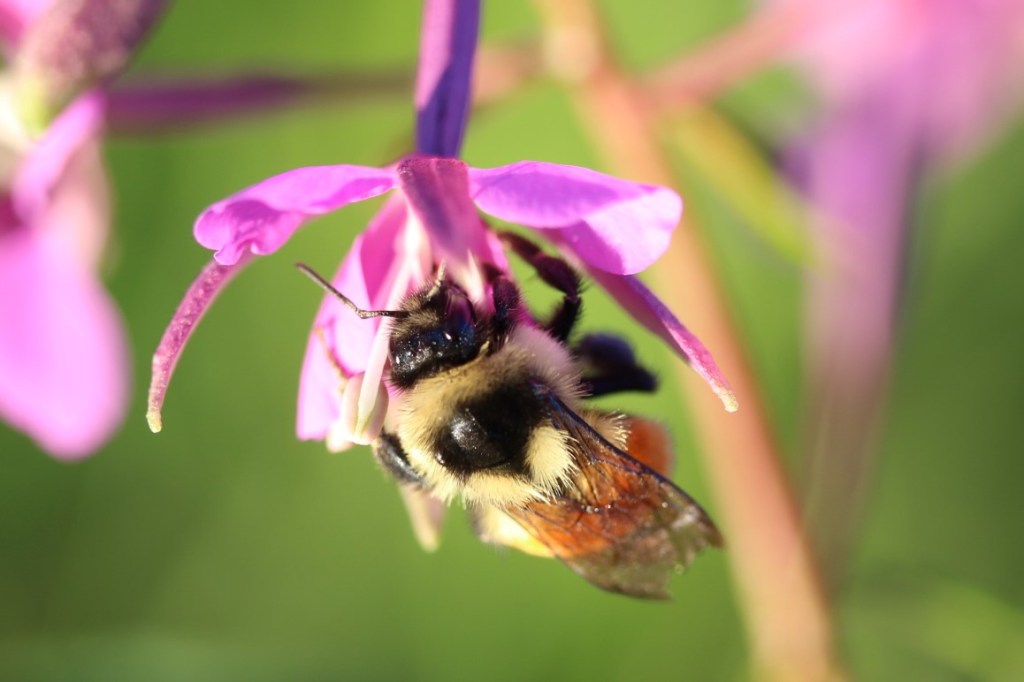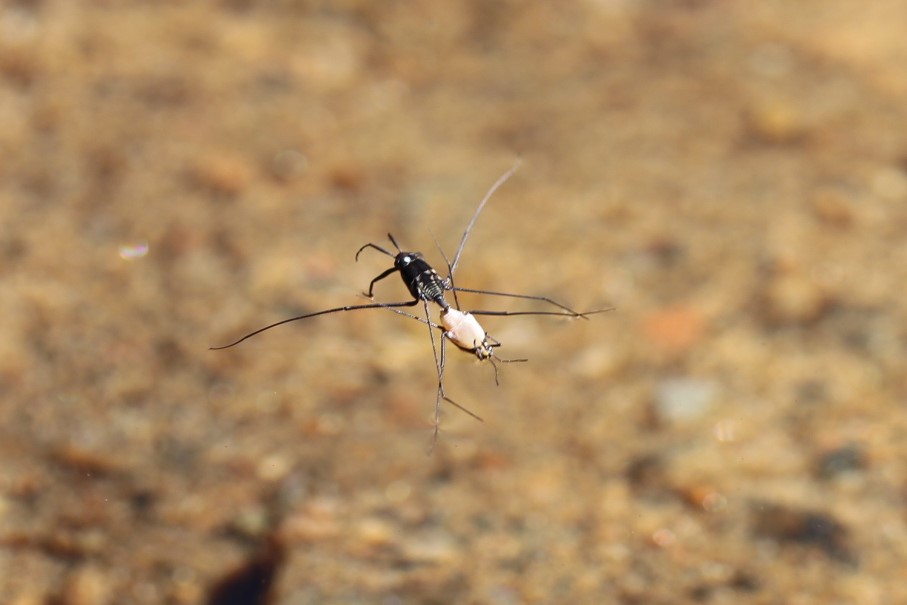At the beginning of July, my family and I were camping in Port Burwell Provincial Park. While there, as I usually do when camping, I took some photos of the creatures I encountered and I’d like to explore some of them and what I can find out about them here. So here goes…
On my first night there I found myself sitting alone with a book and a small clip-on reading light in a dining tent (which was open to the outside, for at least part of the night). My tiny beacon of light attracted several insect investigators and I quickly became distracted from my reading*.

The most abundant insects alighting on my illuminated pages were members of that vast insect Order: Diptera, the Flies. Two that I photographed were likely the same species, and I suspect were male and female representatives. I have tentatively identified them as members of the genus Neurigona based on iNaturalist. They are certainly long-legged dance flies (Family Dolichopodidae). Dolichopodids are diverse flies (there are around 7000 species in the world (Marshall 2012)) which often hunt other flies and springtails as adults. There are about 150 species in the genus Neurigona (Marshall 2012).
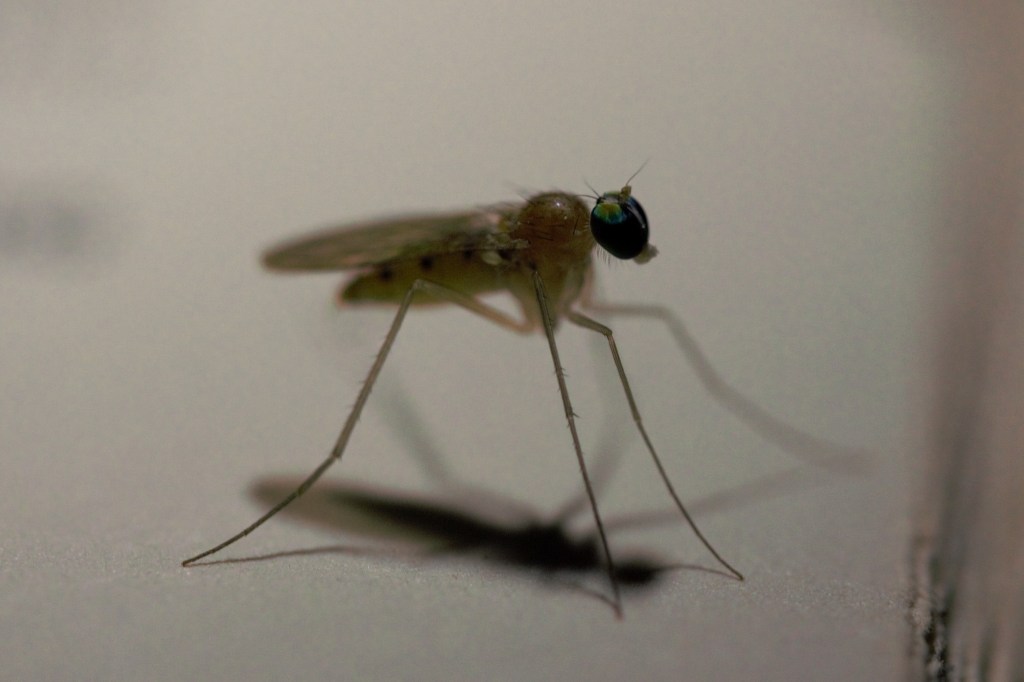
A beautiful little vinegar fly (a member of the Family Drosophilidae) graced the pages of my book as well: Chymomyza amoena. This species, along with the other members of its genus are “almost invariably present on fallen or wounded trees” (Marshall 2012 p. 477).
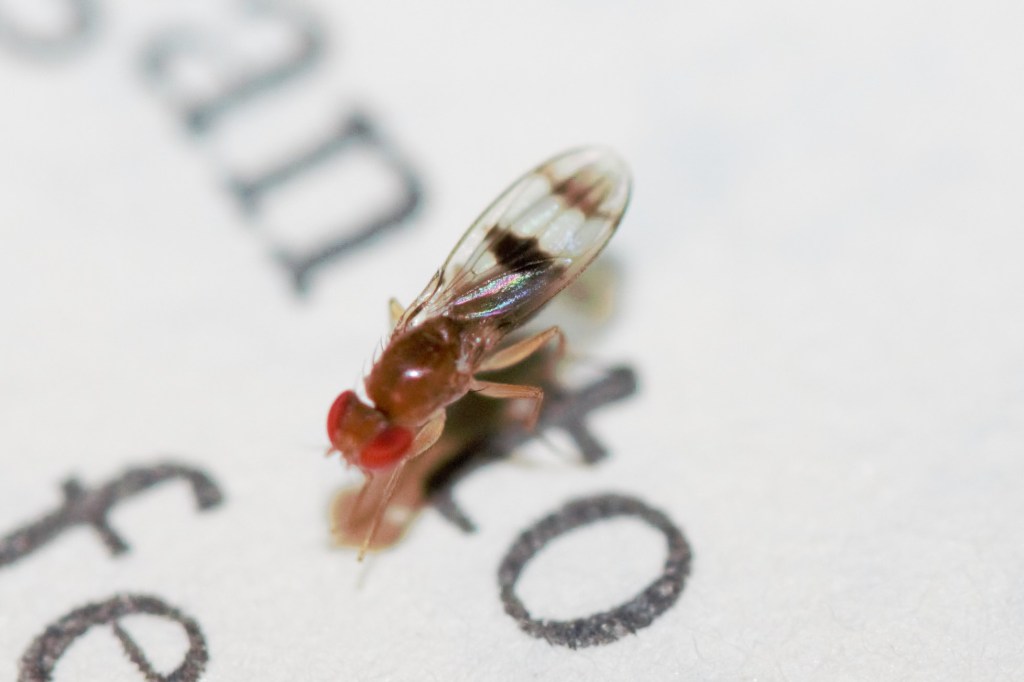
Two notable non-Flies made their appearance amid the glowing reading light. A tiny pale yellow leafhopper was just barely noticeable among the typed letters on the page, a member of the genus Edwardsiana.

A dark beetle also scuttled across the words of my reading material, which I believe to be a Ground Beetle (Family Carabidae), possibly of the genus Bembidion.
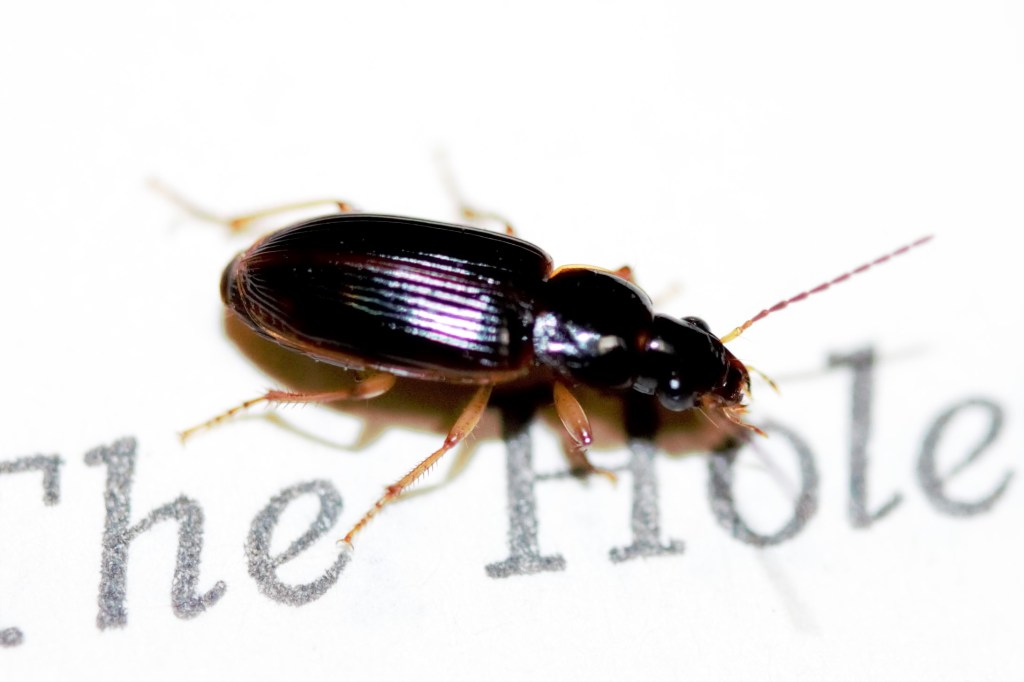
The next day, I did a tour of the campsite with my camera in order to find more subjects to photograph and identify. One creature located on my dining tent was another beautifully patterned fly: Thaumatomyia. This genus of flies contains some species which feed on aphids as larvae and others which bore and feed within grass stems (Marshall 2012).
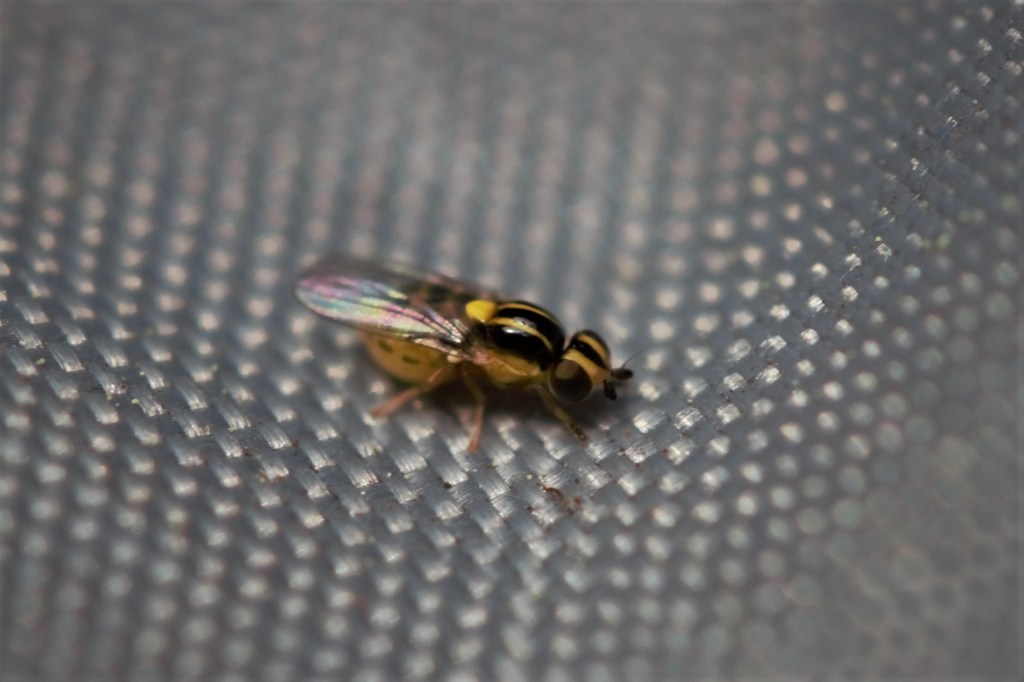
Nearby was a prowling spider which is possibly the False Pirate Spider (Platnickia tincta):

Sliding slowly across the leaf litter was a pale orange slug of the genus Arion:

I was just able to capture this amazing butterfly that landed for a few moments on the ground, an Appalachian Brown (Lethe appalachia). Appalachian Brown caterpillars feed on sedges (Carex spp) and spend the winter in the caterpillar stage (Hall et. al. 2014).
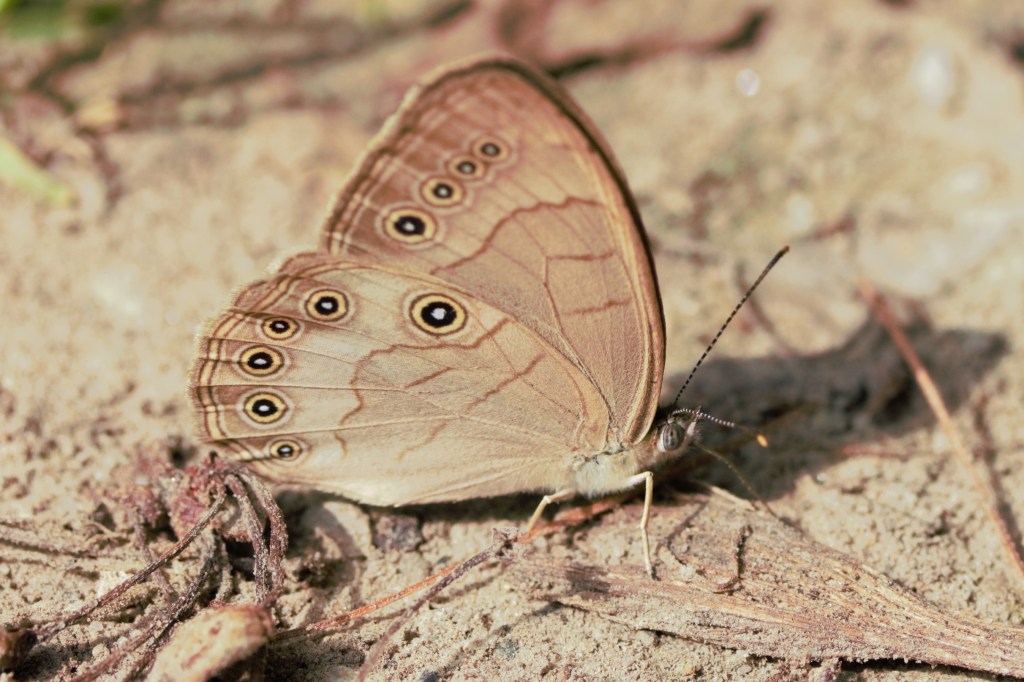
On the walk to the beach there were plenty of insects worthy of attention but I didn’t want to block the path of water-seeking pedestrians by crouching with my macro lens, so I decided to photograph birds there instead. There were swallows darting above the sands (more evidence of insect abundance) but they proved impossible to photograph. I took several photos of what I believed to be 2 different gull species. While reviewing my photos and posting them on iNaturalist it became clear that despite the contrast between the large brown-feathered birds and the sleek grey-and-white ones the birds were all members of the same species: the Ring-billed Gull (Larus delawarensis).

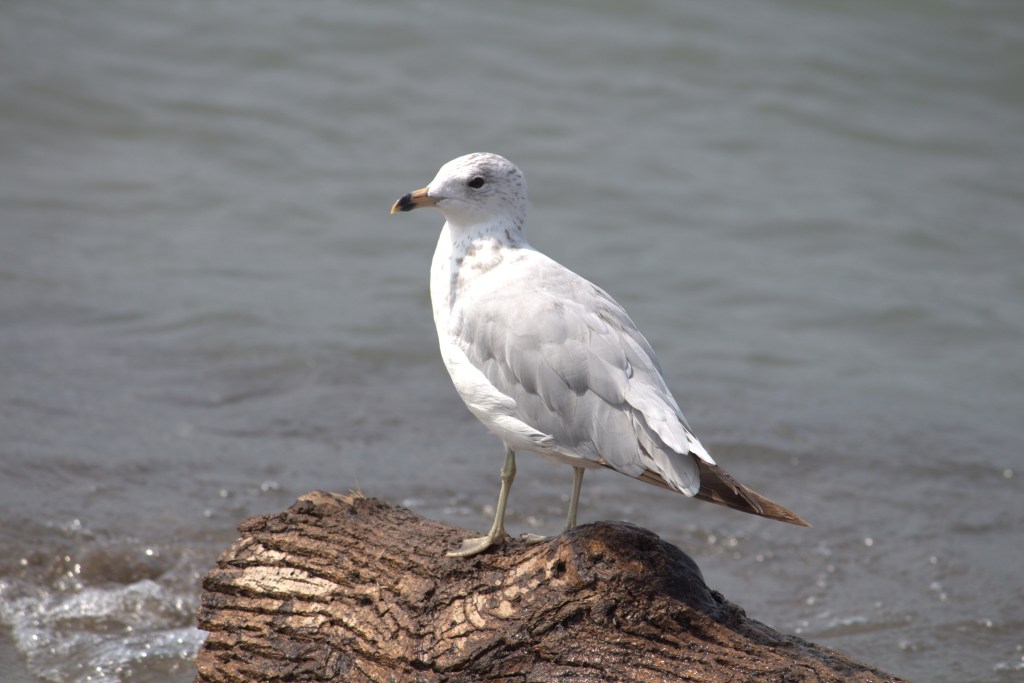

My final observation of the trip was a beautiful tiny leafhopper resting on a dining tent: Otiocerus coquebertii. This species is associated with Beech, Maple and Oak, possibly feeding on fungal hyphae (the underground microscopic portions of fungi) as nymphs (Bartlett 2020).

References:
Bartlett, C. R. 2020 (and updates). Planthoppers of North America (accessed August 12, 2023). https://sites.udel.edu/planthoppers/north-america/north-american-derbidae/genus-otiocerus-kirby-1821/
Hall, Peter, Jones, Colin, Guidotti, Antonia, and Hubley, Brad. 2014. The ROM Field Guide to Butterflies of Ontario. Royal Ontario Museum.
Marshall, Stephen. 2012. Flies: The Natural History and Diversity of Diptera. Firefly Books.
For other related blogposts, see:


